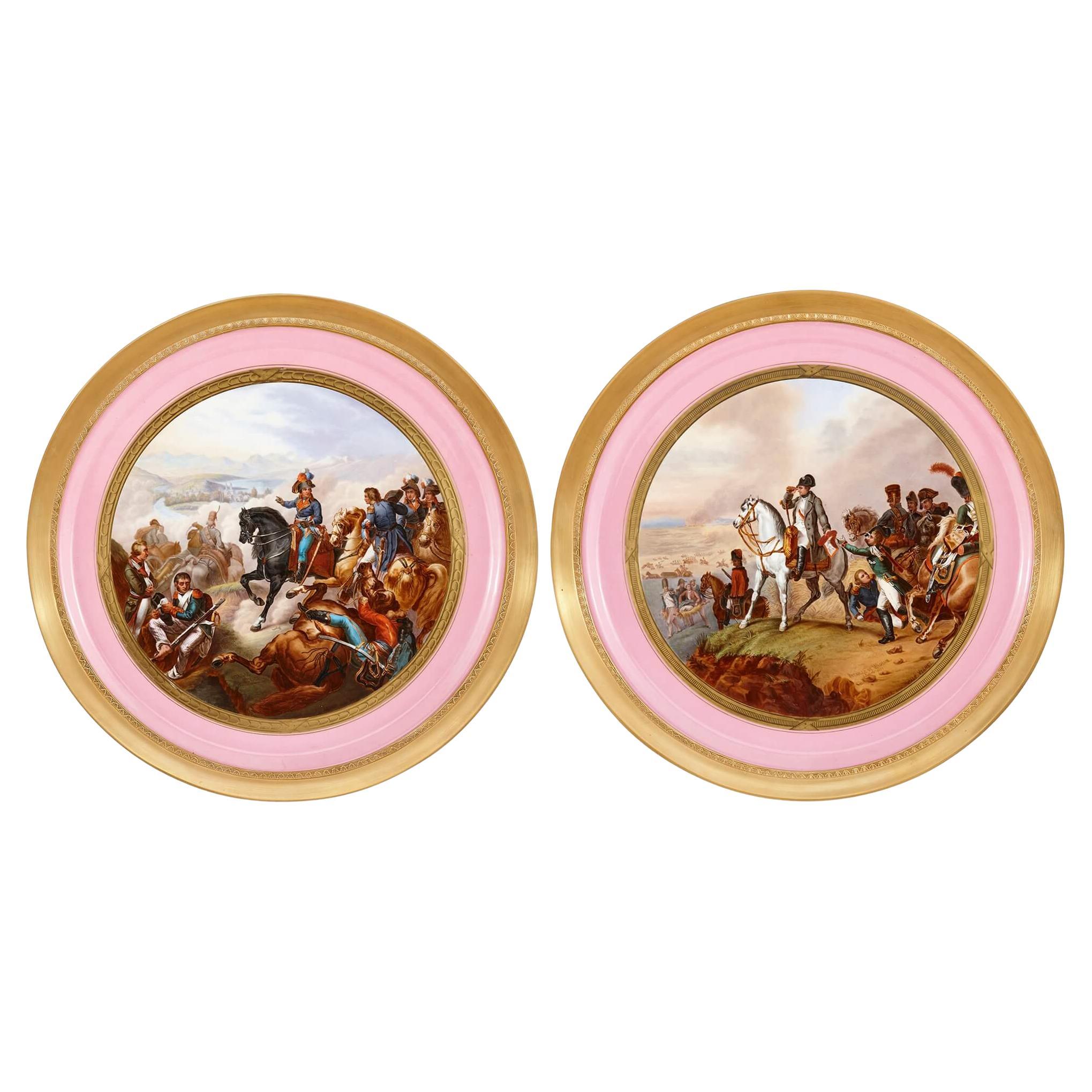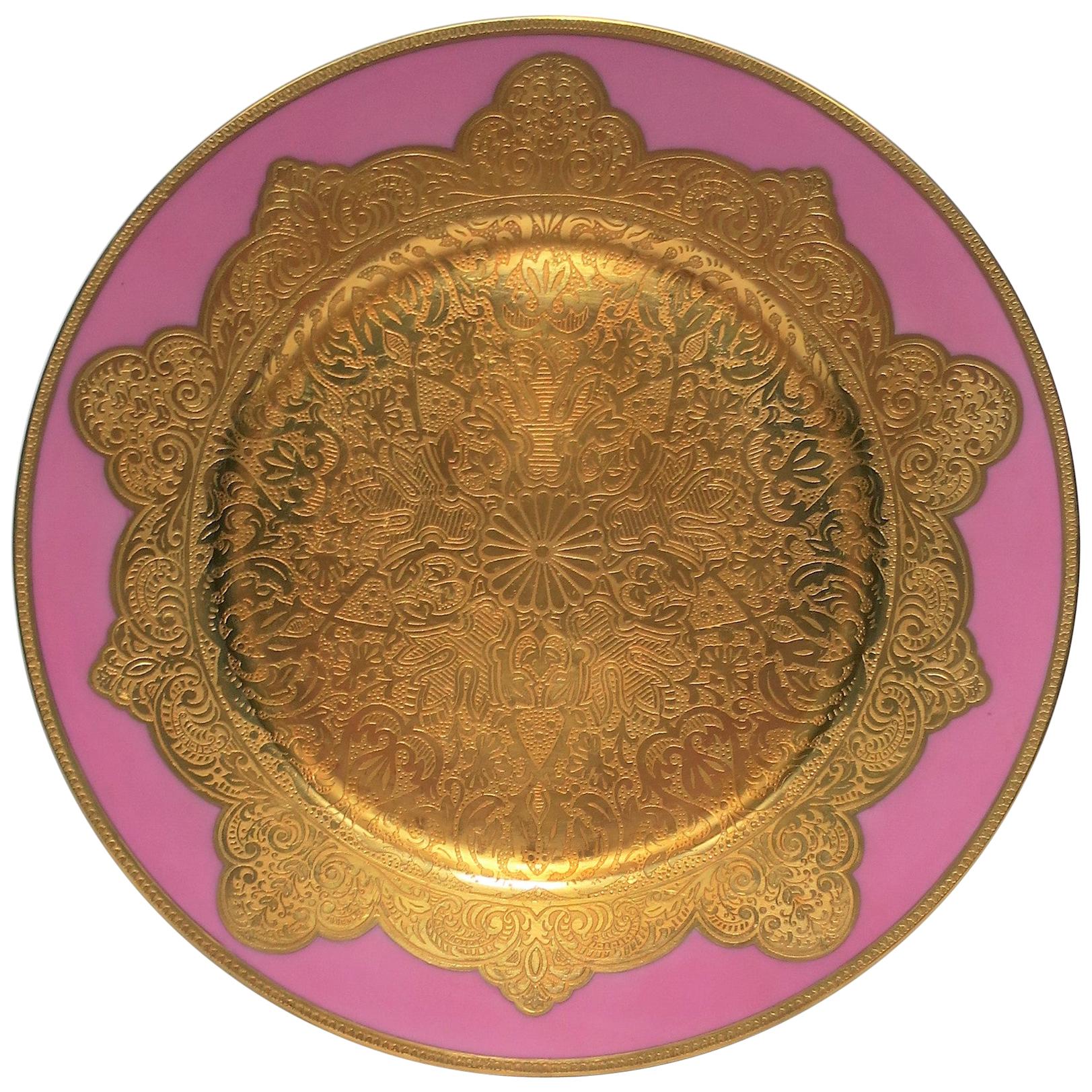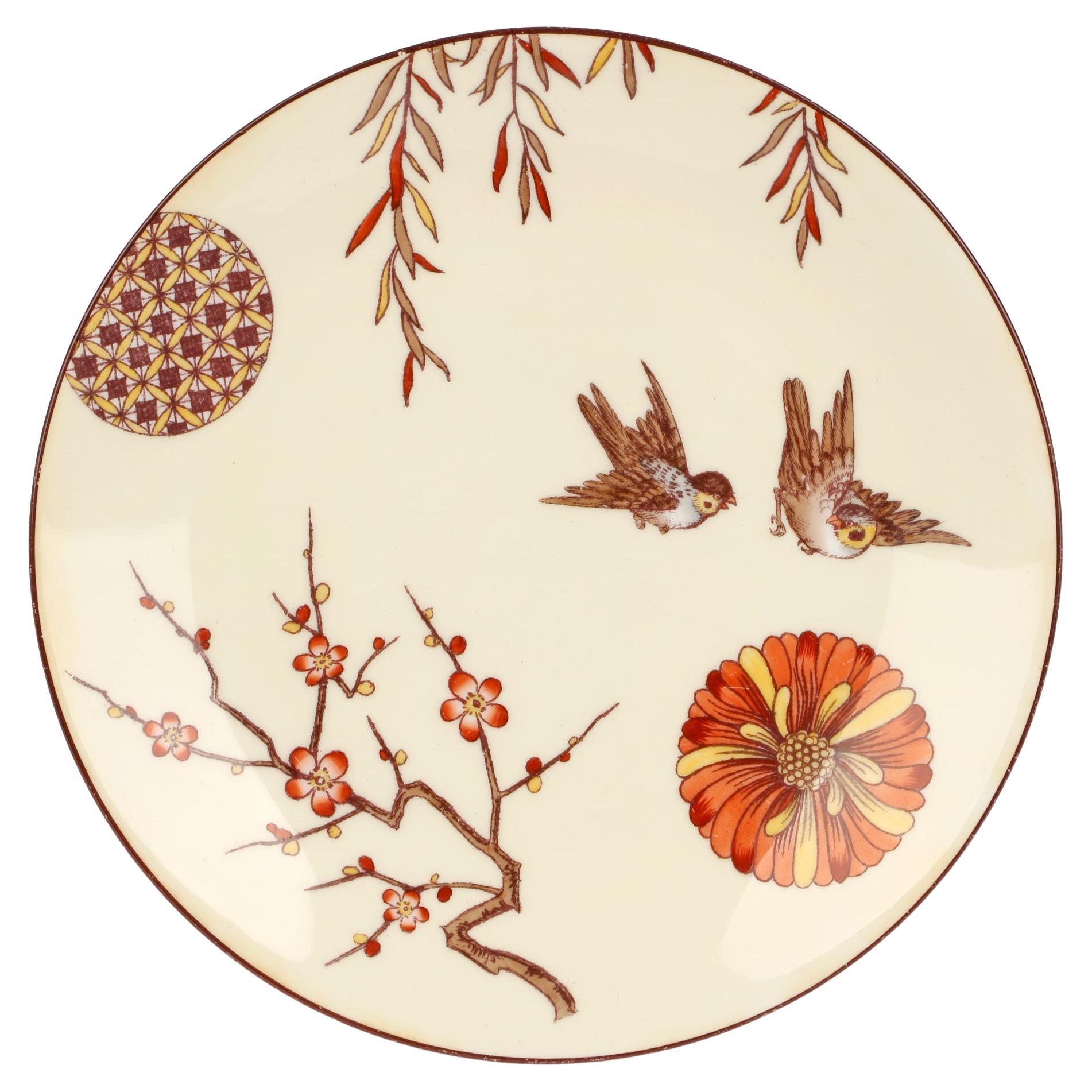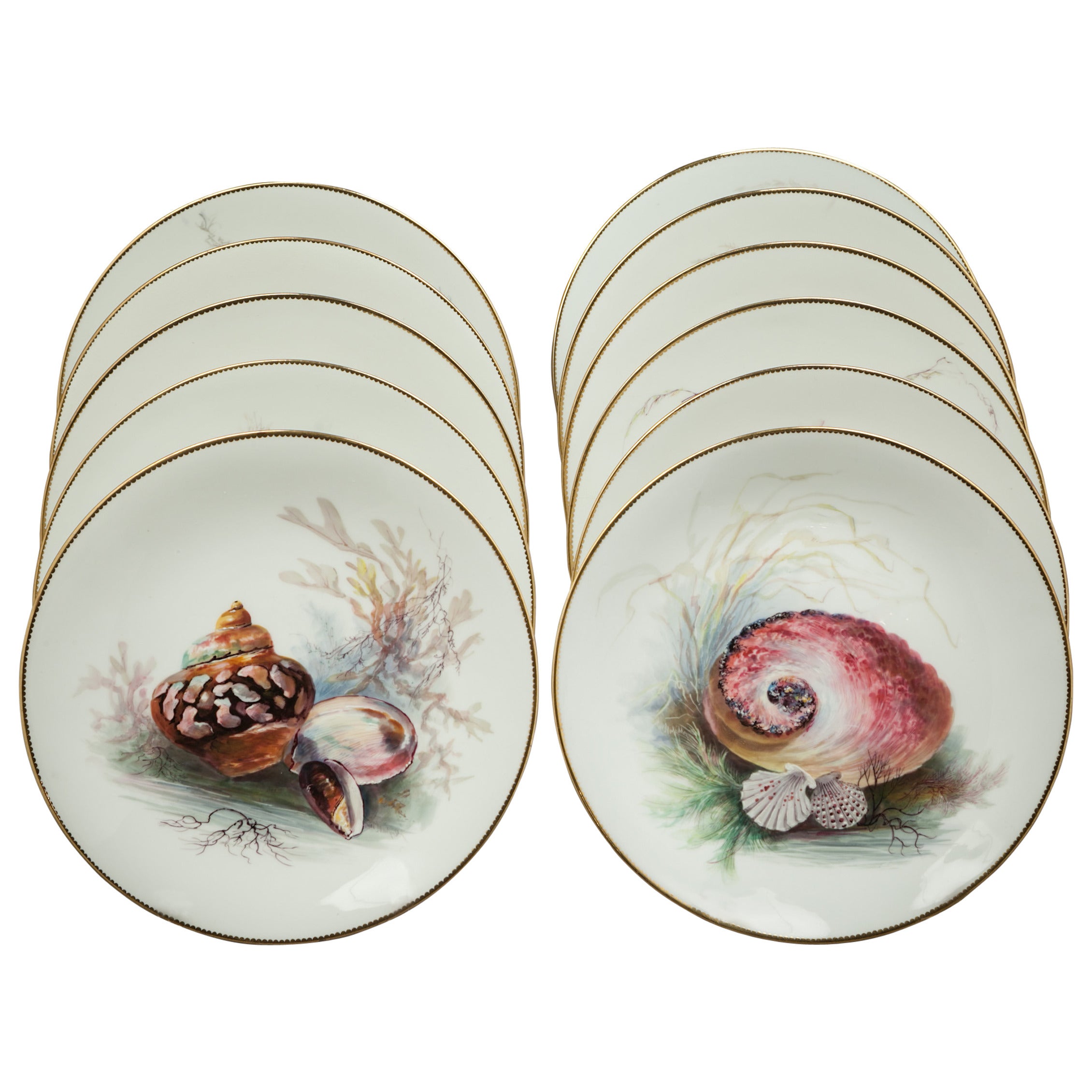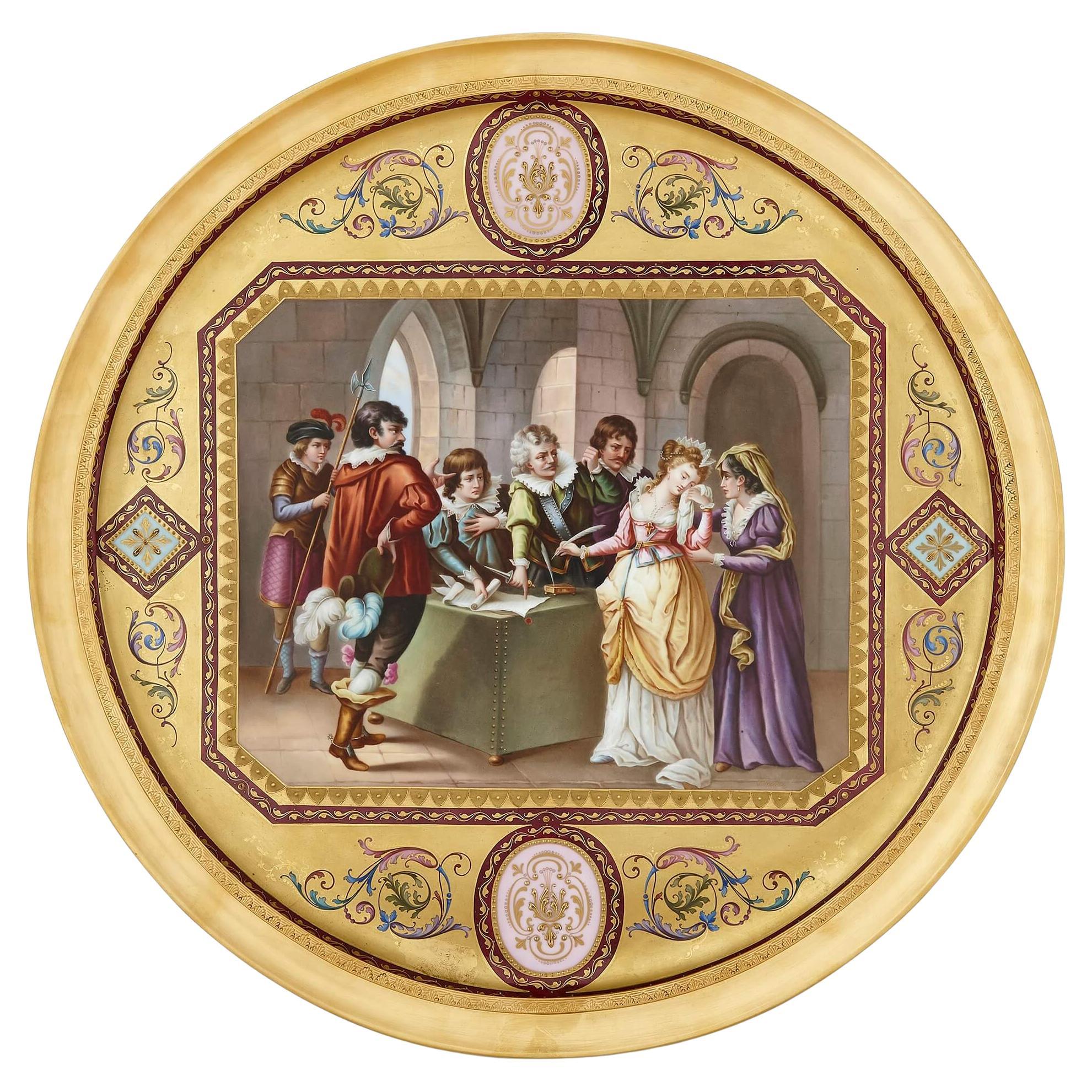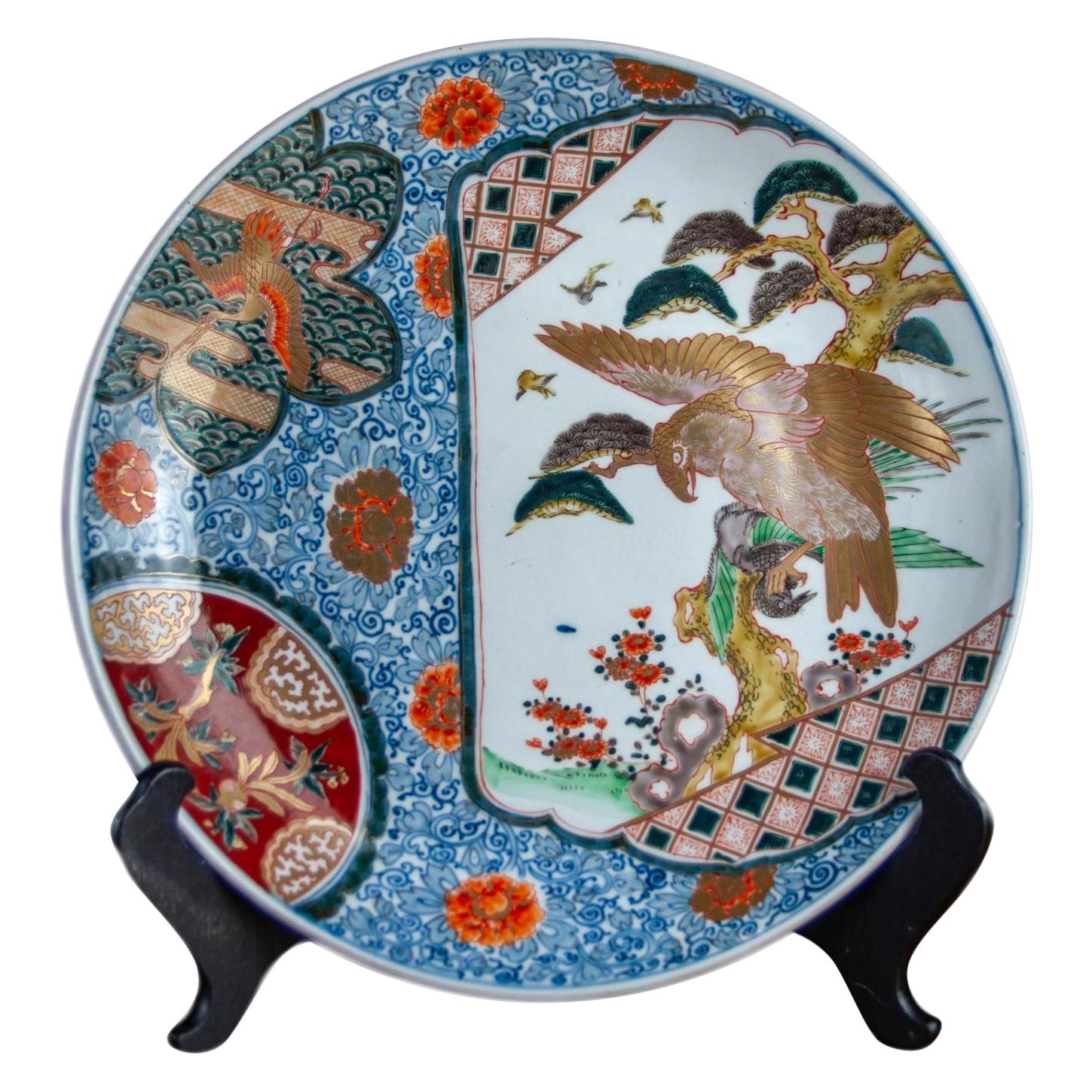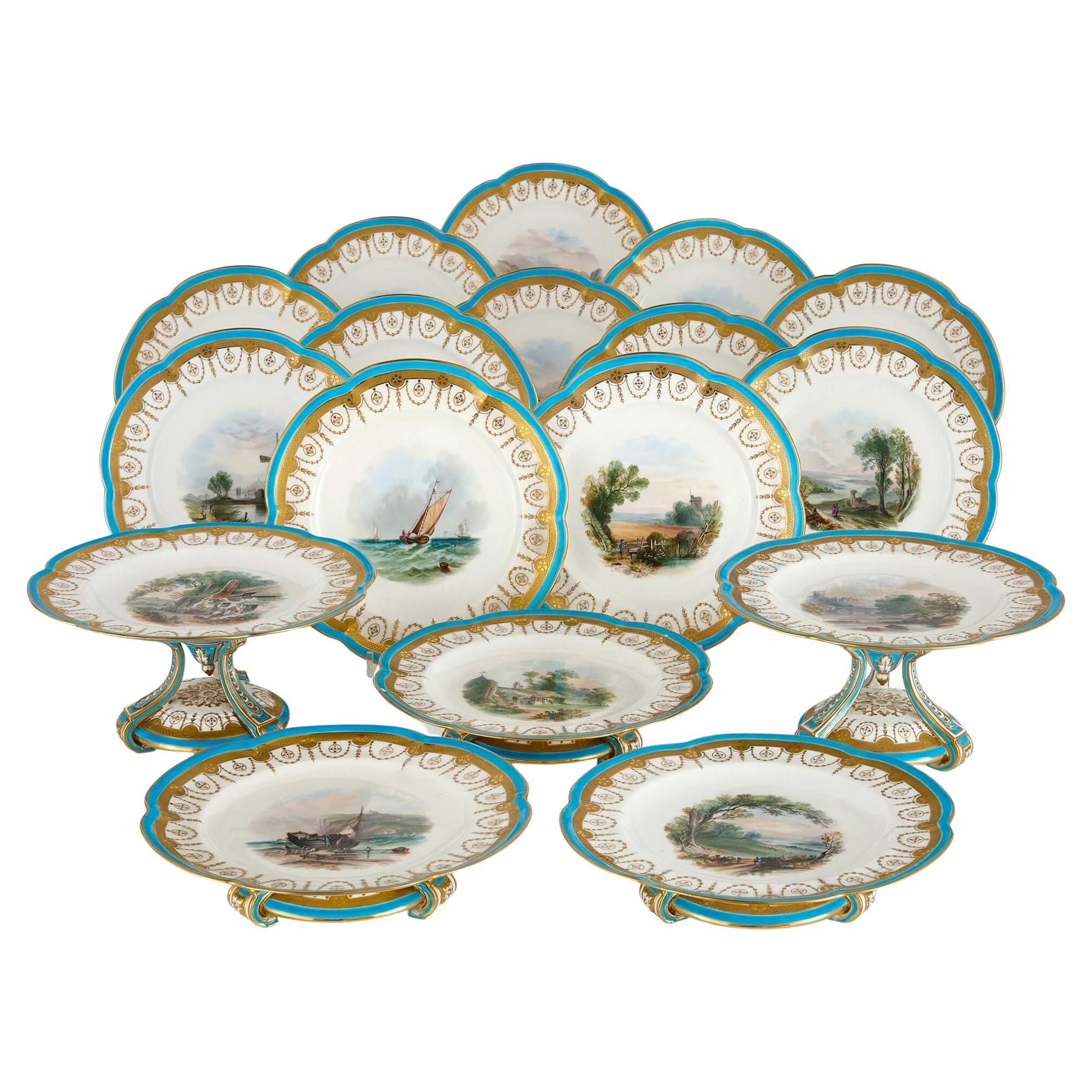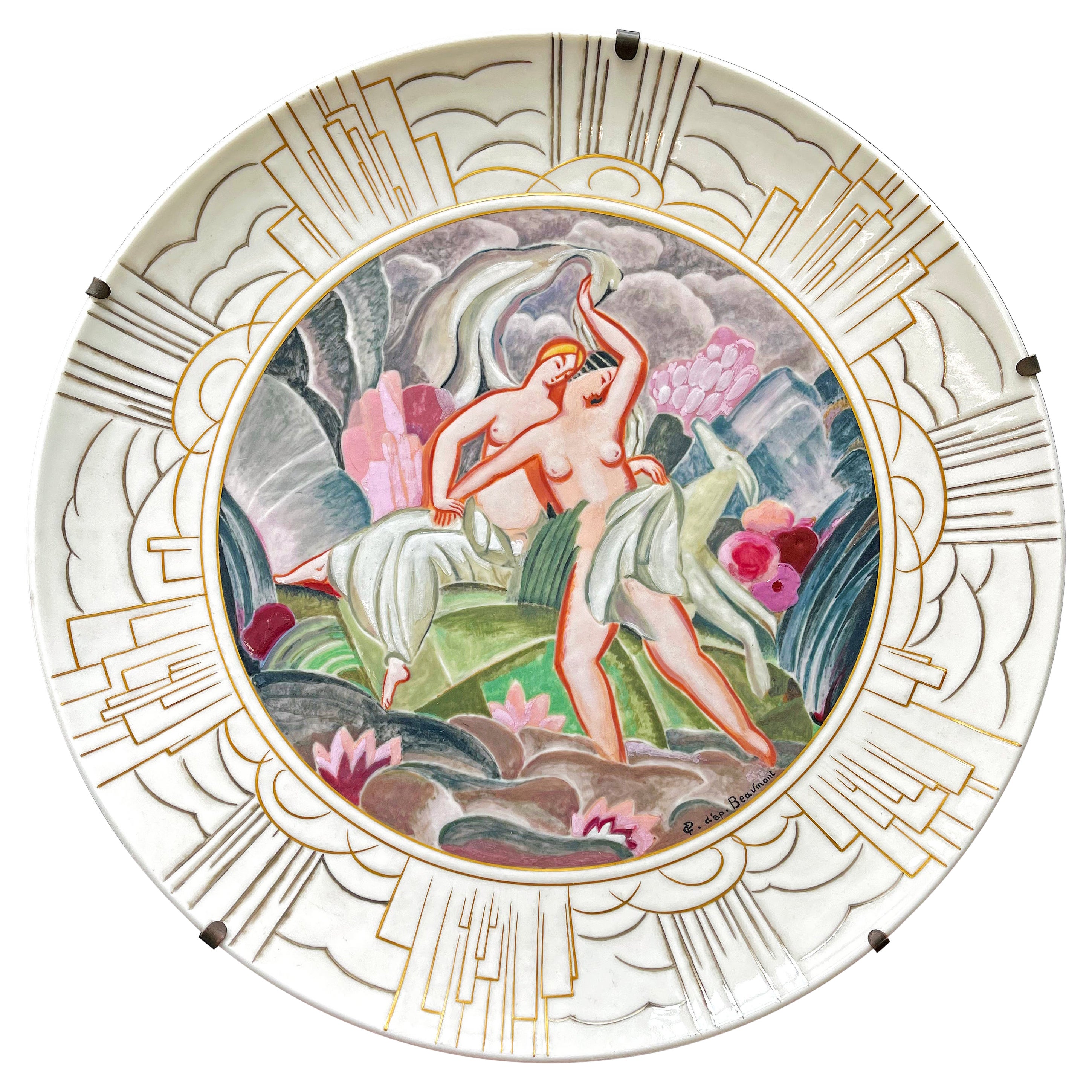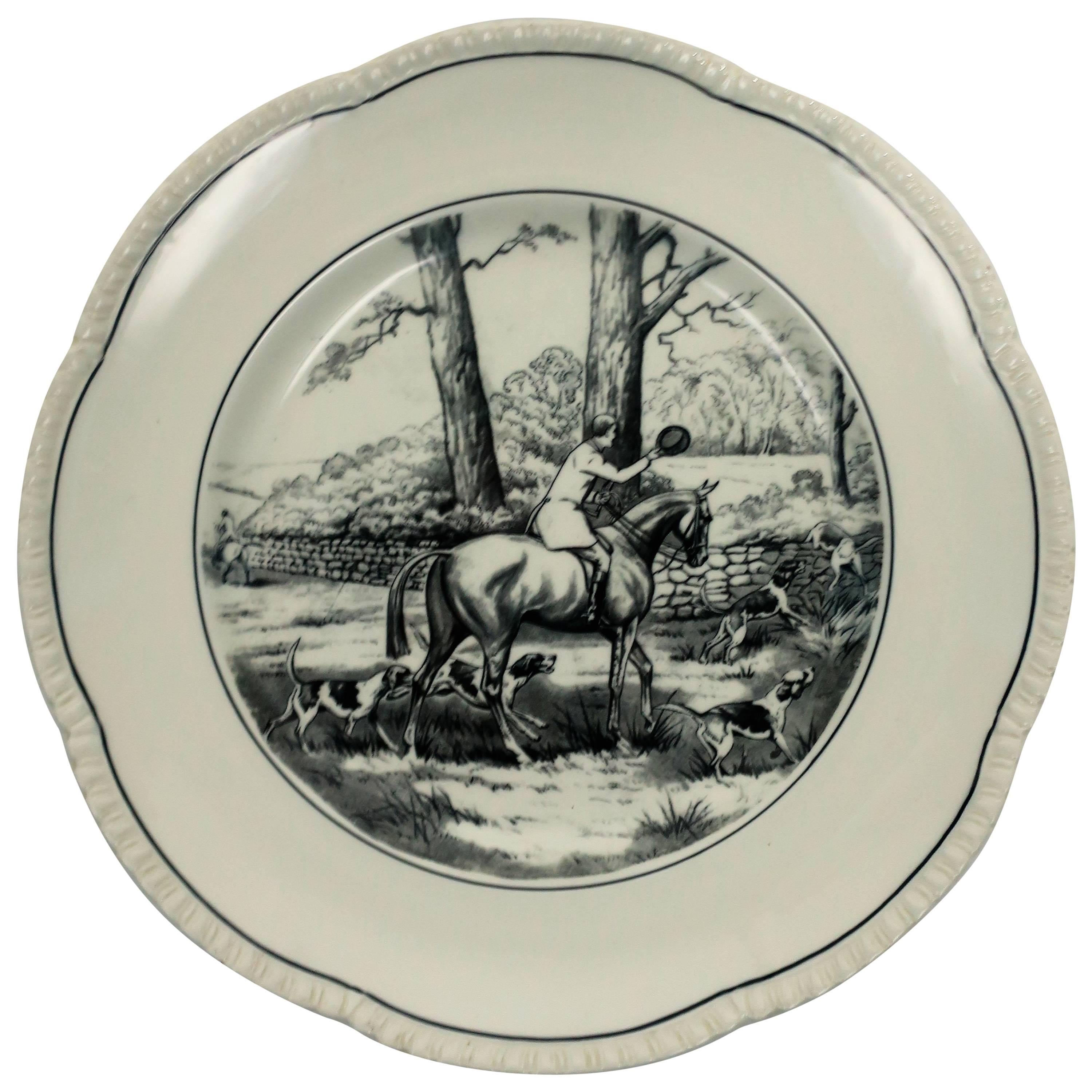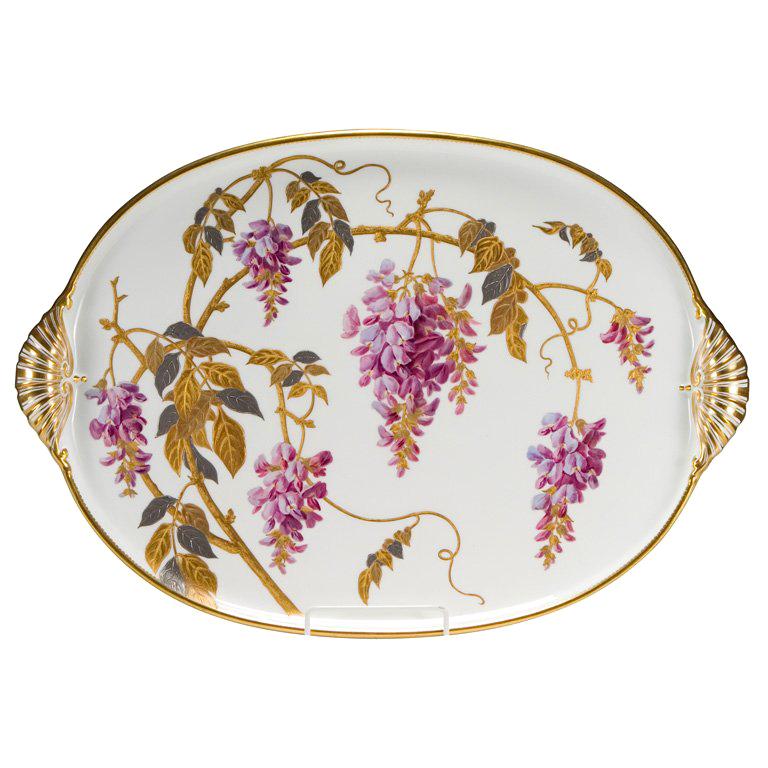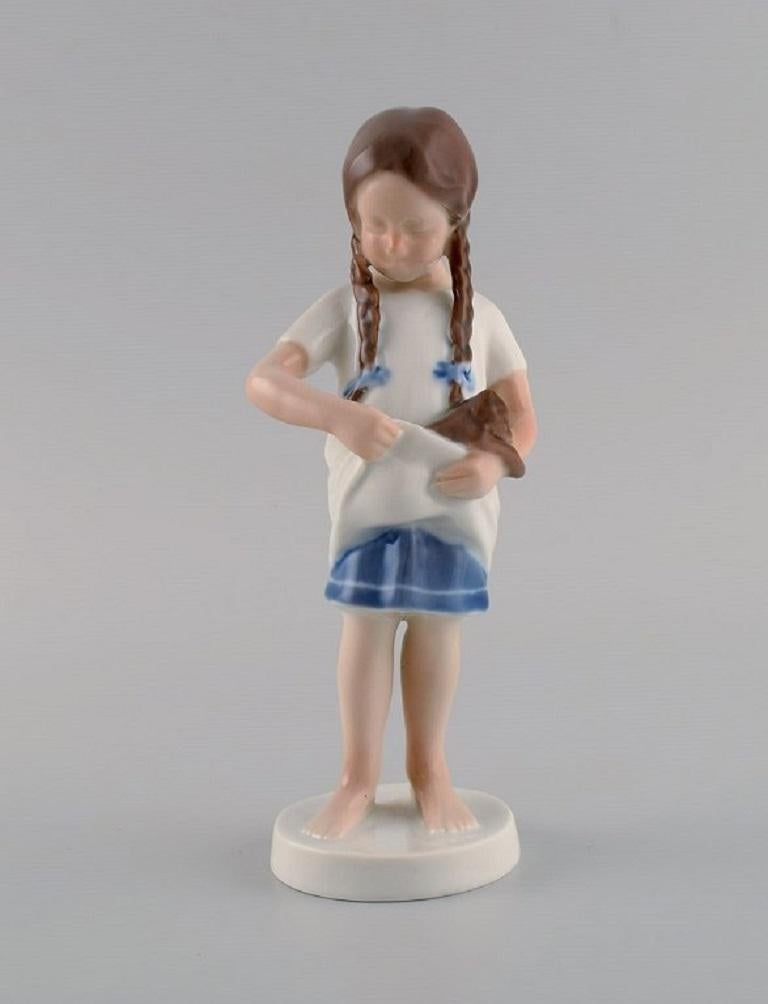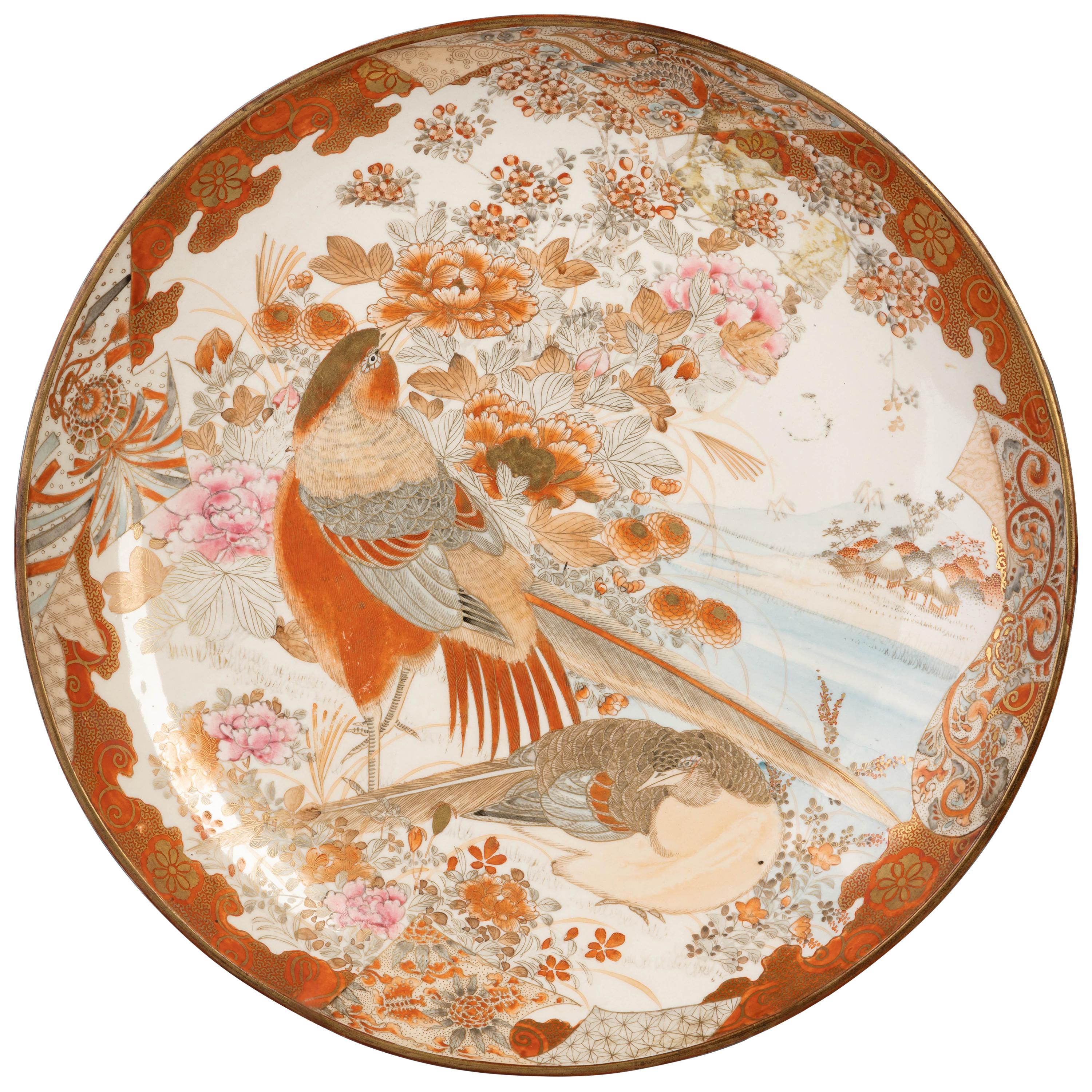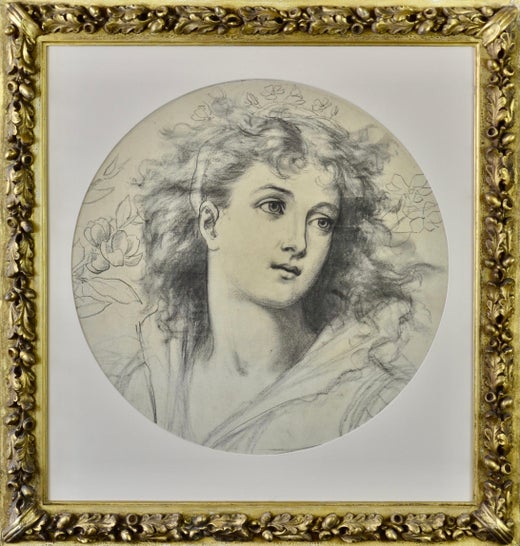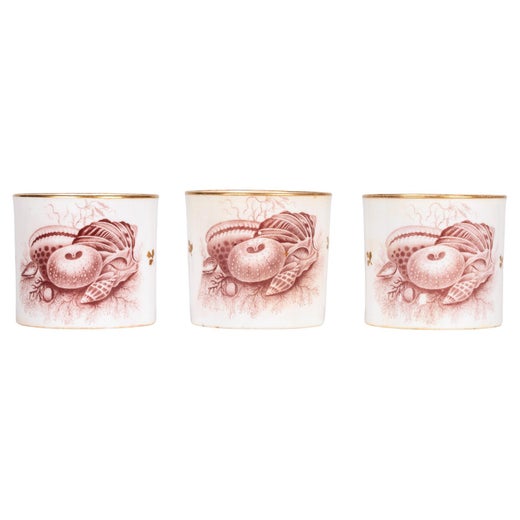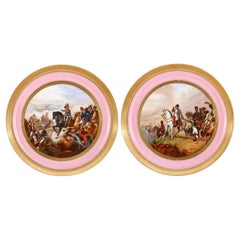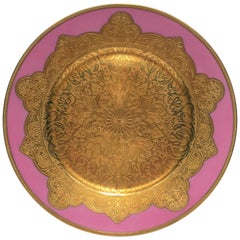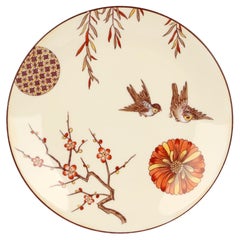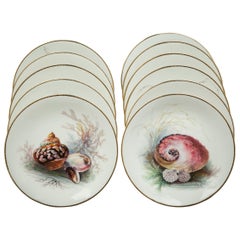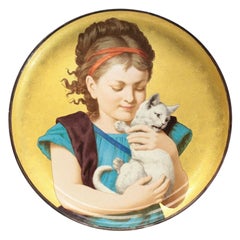
Large Minton Porcelain Wall Charger by Herbert Wilson Foster Girl with Cat, 1880
View Similar Items
Large Minton Porcelain Wall Charger by Herbert Wilson Foster Girl with Cat, 1880
About the Item
- Creator:Minton (Manufacturer),Herbert Wilson Foster (Artist)
- Dimensions:Height: 0.25 in (6.35 mm)Diameter: 19.75 in (50.17 cm)
- Materials and Techniques:
- Period:
- Date of Manufacture:1880
- Condition:
- Seller Location:WILMINGTON, CA
- Reference Number:Seller: 2932391487501stDibs: LU7059230040232
Herbert Wilson Foster
Herbert Wilson Foster was born at Endon, Staffordshire on January 18, 1846. His father was a pottery artist and Herbert too worked in the industry as a tile designer for Minton. While at school in Hanley, he won medals for his art work and at the age of 24, won the silver medal at the Worshipful Company of Painter-Stainers. His talent won him a scholarship at South Kensington and he later went on to study in France and Belgium. Foster was a friend of George Heath, the Moorland poet who died at a young age and Foster drew the illustrations for a memorial edition of Heaths’ poems and designed his monument in St. Michael & All Angels Church, Horton. Foster lived at West Bridgford, just outside the city of Nottingham and married Rebecca Fisher from the village of Scarrington, Nottinghamshire. In 1891, Foster became a teacher at Nottingham Trent University, School of Art & Design and at his death in 1929, the principal said of him, "He was one of the most distinguished life masters in the country. He was certainly the best man we have ever had in that time. He was a brilliant student, and an exhibitor at the Royal Academy of Arts." Foster found time to exhibit his work at the Royal Academy of Arts from 1870–1899 these being genre scenes of daily life and his figures feature prominently in his paintings. He exhibited extensively between 1881–1917.
Minton
Pottery is one of the oldest decorative art forms, and Minton is one of its historical masters. For more than 250 years, the English company was a premier producer of porcelain and ceramic wares. Its factory was known for detailed and brightly colored Victorian tableware, including dinner plates and serving pieces.
Thomas Minton founded the Minton factory in 1793 in Stoke-upon-Trent, England. It initially made earthenware but introduced bone china in 1798. When Minton died in 1836, the company passed to his son, Herbert Minton. The younger Minton was a savvy businessman with an eye for design. He introduced glossy majolica earthenware to the factory’s repertoire and hired skilled artists and designers like Augustus Welby Northmore Pugin and Albert-Ernest Carrier-Belleuse, boosting the company’s reputation.
In 1851, Minton debuted its majolica at the Great Exhibition in London. It became a royal family favorite and was even used to tile the Royal Dairy at Windsor Home Park. Minton majolica was also displayed on the monumental Saint George and the dragon fountain at the 1862 London International Exhibition.
Colin Minton Campbell, a nephew of Herbert Minton, took over the family business in 1858. He led the company to the head of the 1870s English art pottery movement. In the 1890s, French porcelain artist Marc-Louis Solon helped modernize Minton with his Art Nouveau designs.
Minton ceased operating as an independent company when it merged with Royal Doulton Tableware Ltd. in 1968. It was the end of an era, but not the end of widespread appreciation for Minton ceramics.
In 1982, the ”English Majolica” exhibition at the Cooper Hewitt, Smithsonian Design Museum featured 75 Minton pieces. When the Metropolitan Museum of Art reopened its British Galleries in 2020, it included a display of three colorful Minton majolica bird sculptures. Minton pottery was also on display from September 2021 to January 2022, along with other English pottery, at the Bard Graduate Center’s ”Majolica Mania” exhibition.
On 1stDibs, find exquisite Minton serveware, decorative objects, wall decorations and more.
You May Also Like
Antique 19th Century French Empire Porcelain
Ormolu
Early 20th Century German Porcelain
Gold
Antique 1880s English Aesthetic Movement Porcelain
Porcelain
Antique Late 19th Century English Dinner Plates
Porcelain
Antique Late 19th Century Austrian Decorative Art
Ormolu
Antique 1870s Japanese Meiji Porcelain
Porcelain
